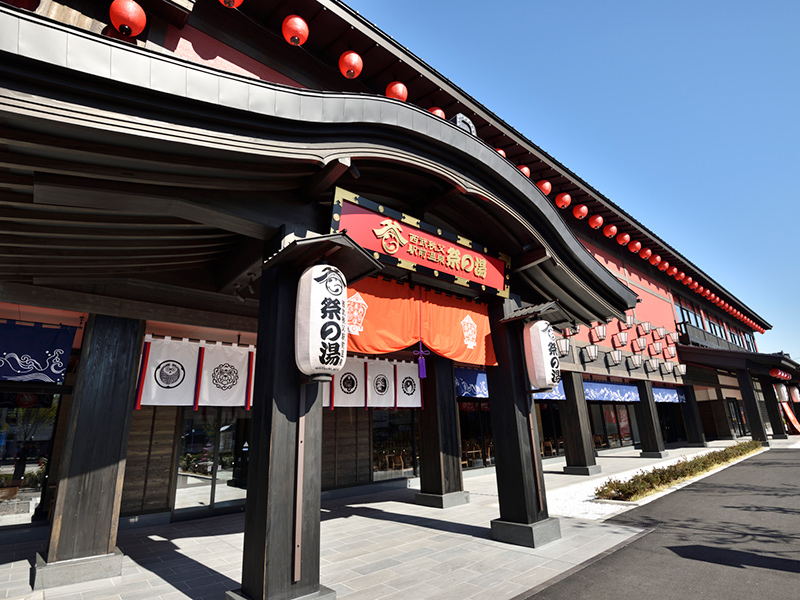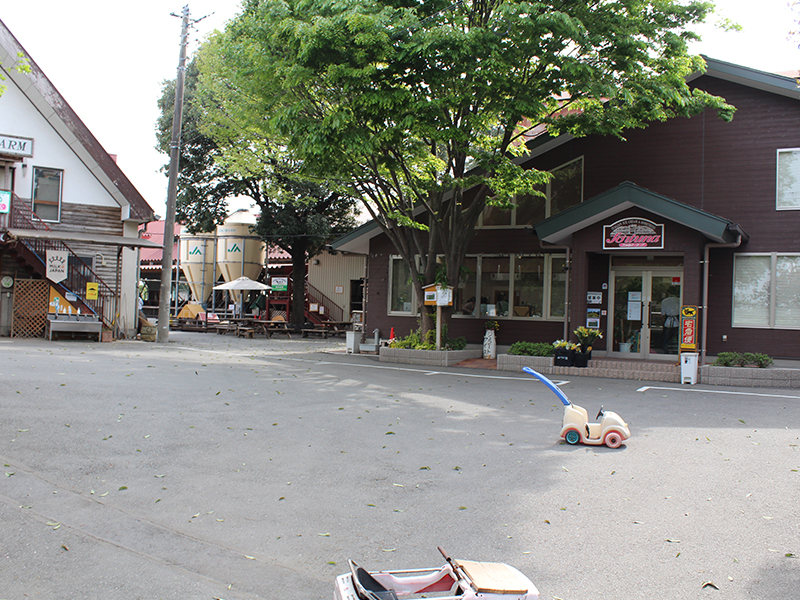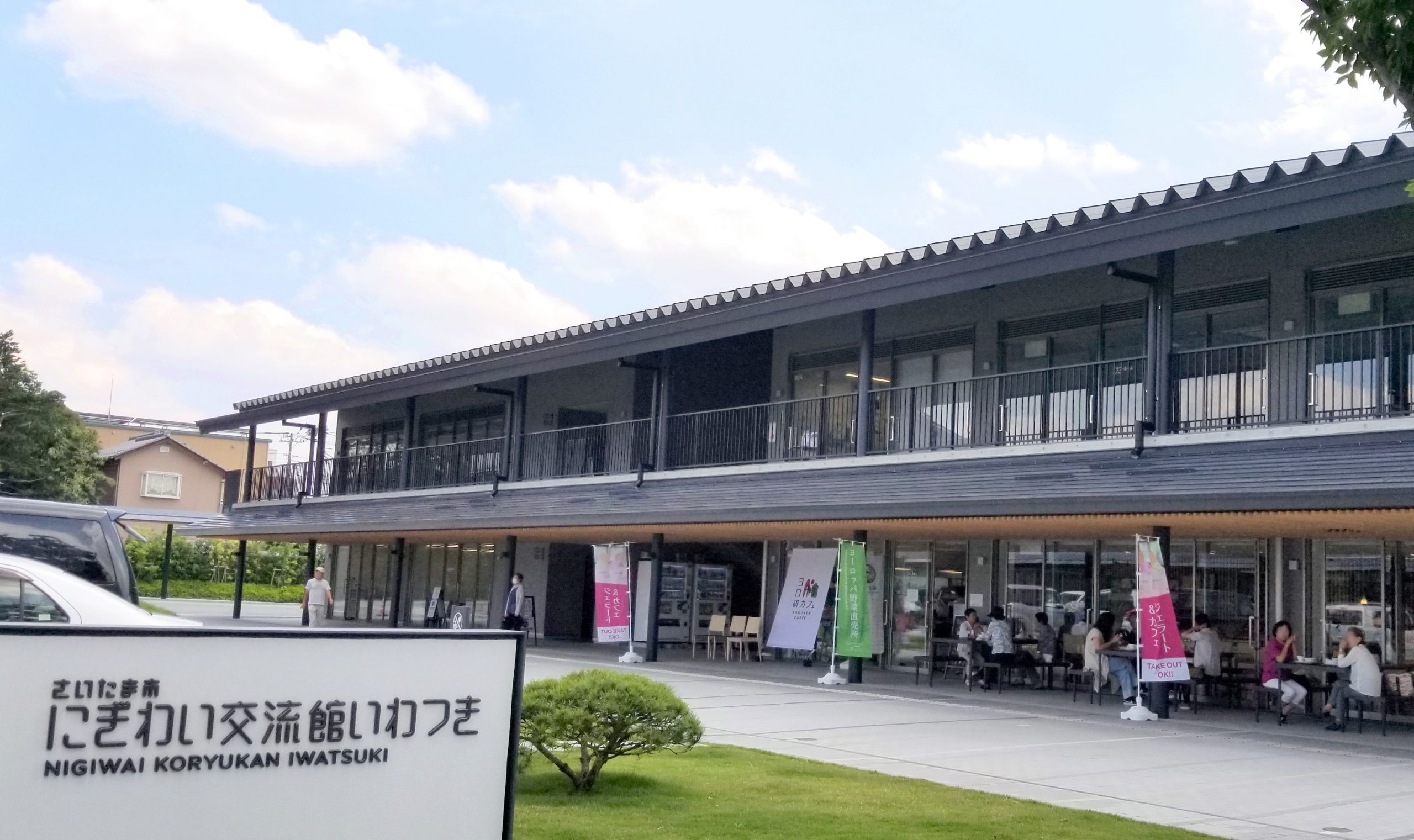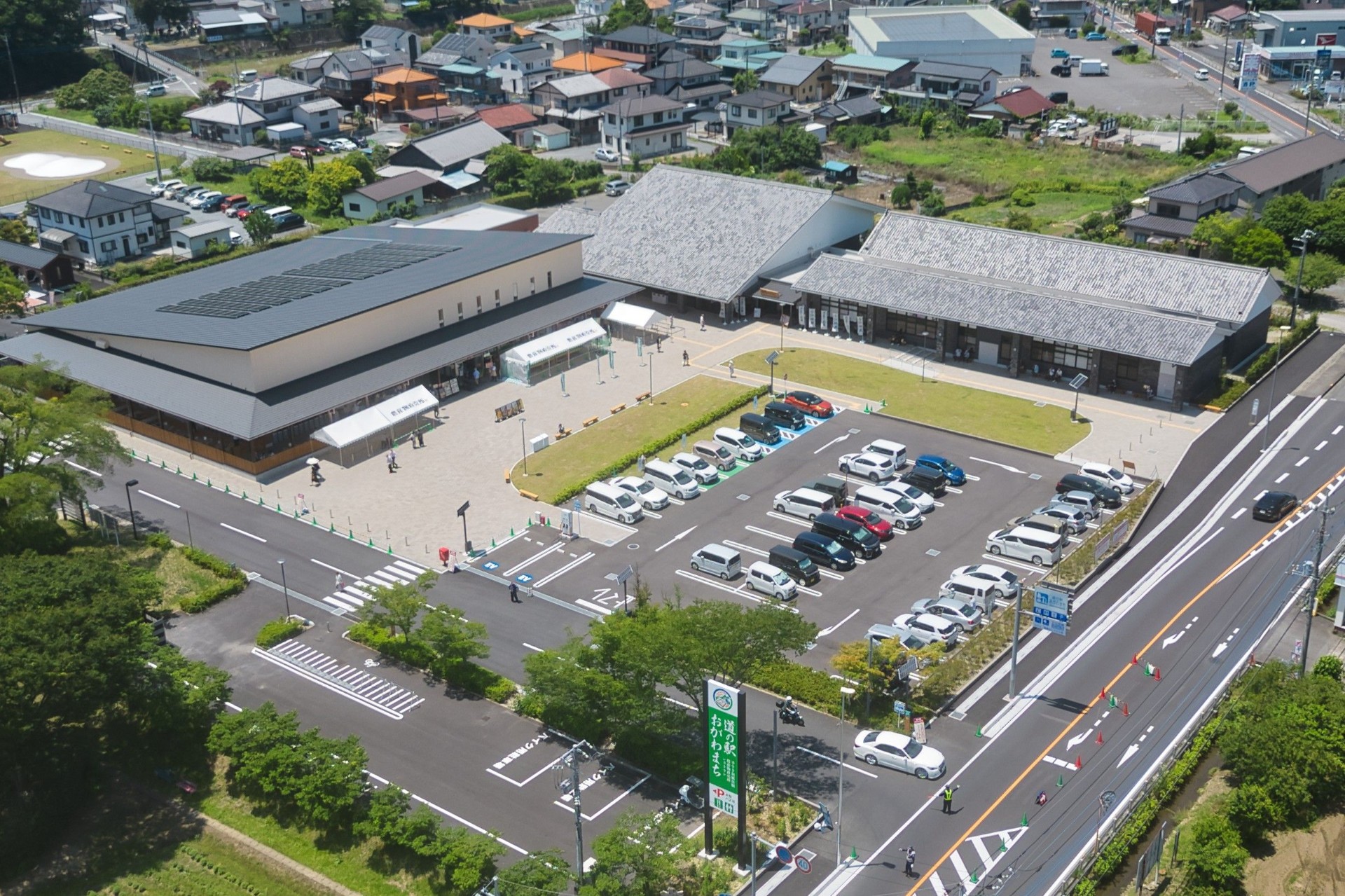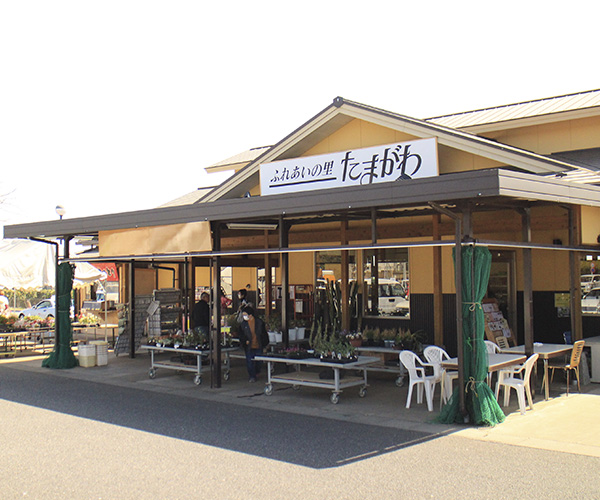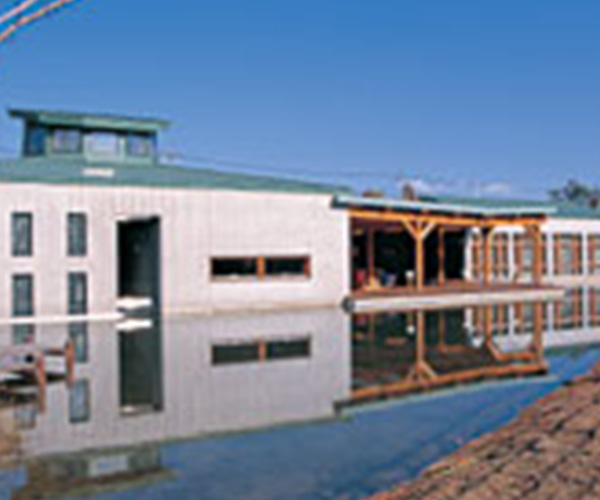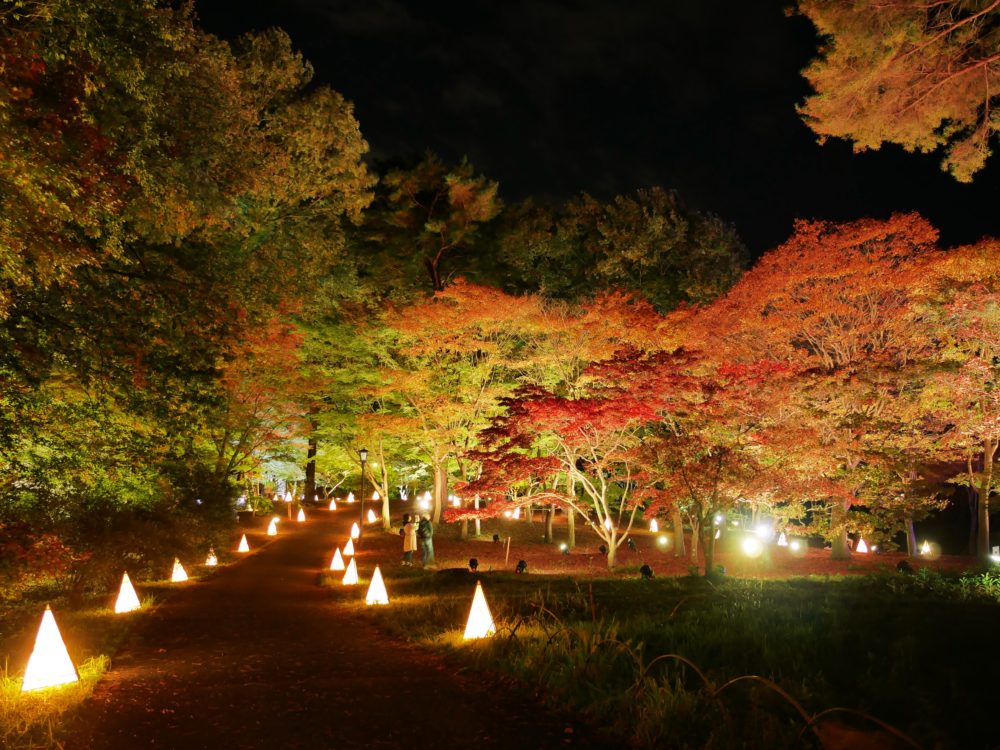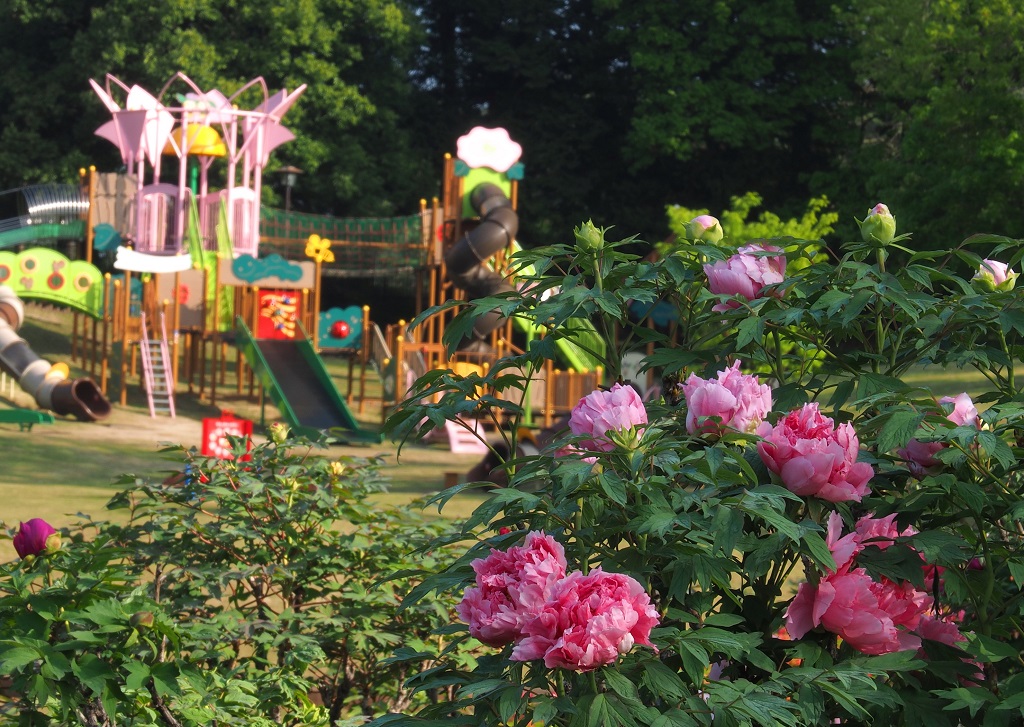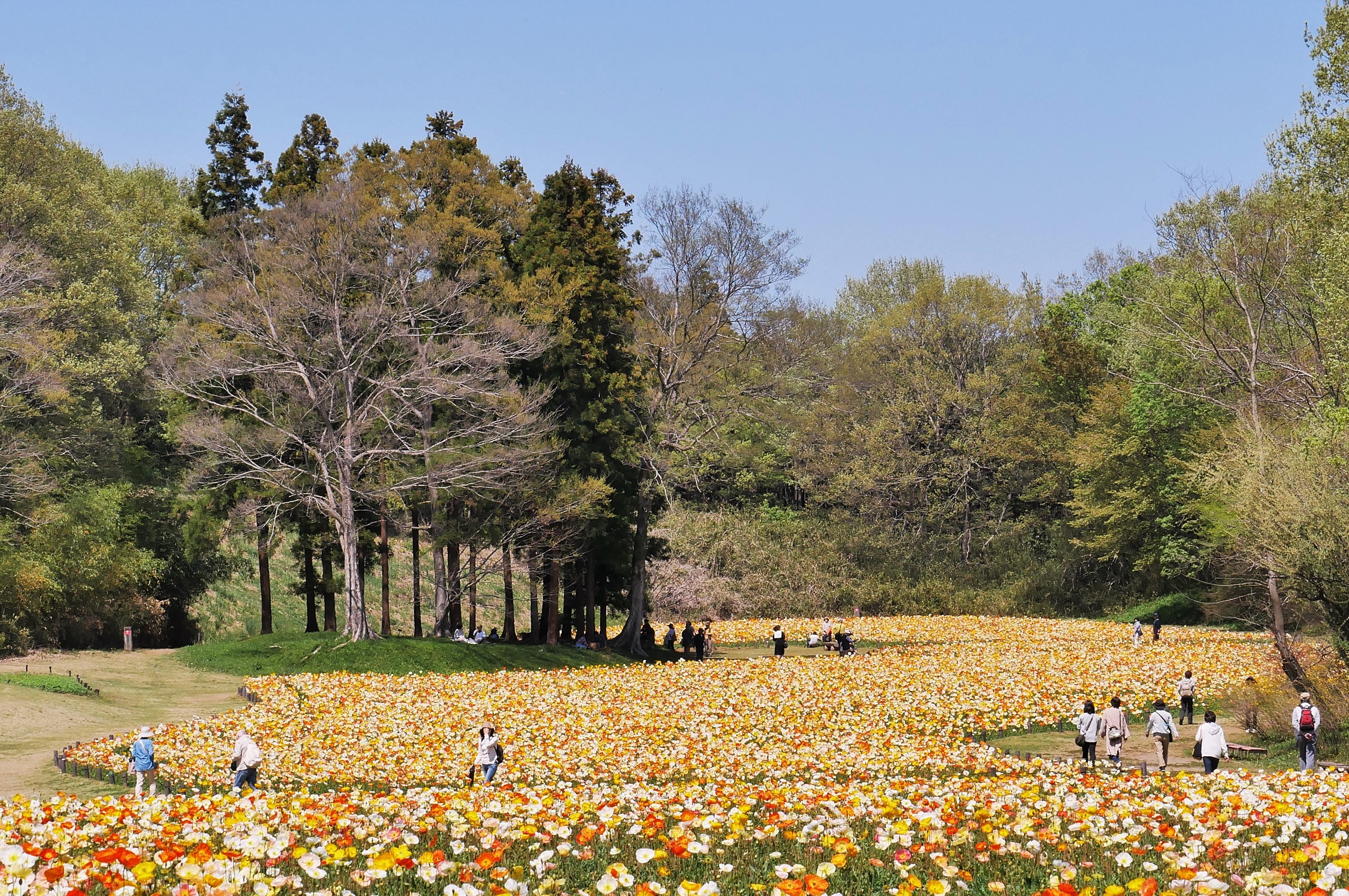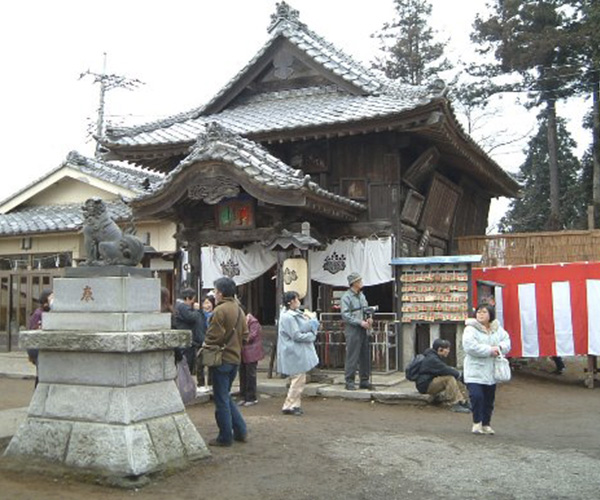Namegawa Farmers Market
sightseeing
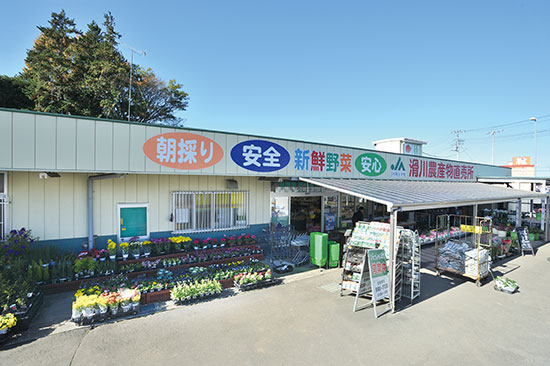
At Namegawa Farmers Market, you can find locally harvested fruits and vegetables for sale. We recommend the freshly polished-to-order white rice, cucumbers, eggplant, daikon radishes and other seasonal items alongside an endless supply of fresh vegetables, popular with many customers. We also hold special events such as corn festival, new rice festival, and agricultural festival, and sell specialties such as Polotan (chestnut variety) and Bushu Koro persimmon.
Basic Information
Location
1348-1, Oaza Haneo, Namegawa Town
TEL
0493-56-2536
Home page
Business hours / Fee
Business hours
9:00 ~ 17:30 April ~ September 9:00 ~ 18:00 October ~ March 9:00 ~ 17:30
Regular holiday
Tuesdays of every week
How to get there
Public transport
15 minutes on foot from Shinrinkōen Station
Car
Approximately 8 minutes from Higashi Matsuyama Interchange of Kan-Etsu Expressway
Parking
Free: Yes
Available for Large Buses (Negotiable, To the direct sales office)
Fee: None
Available for Large Buses (Negotiable, To the direct sales office)
Fee: None

